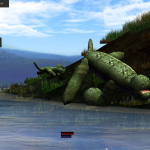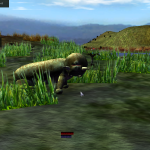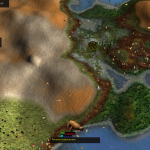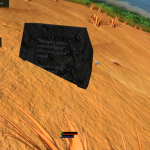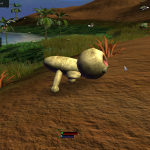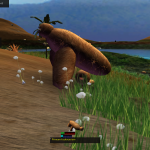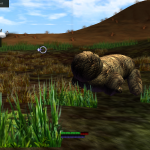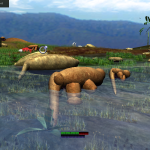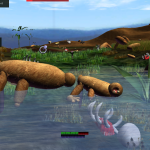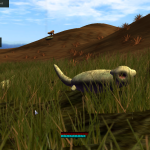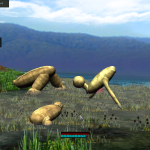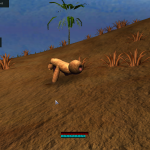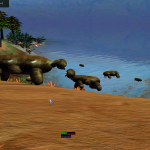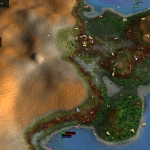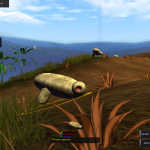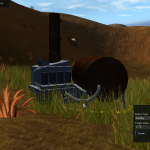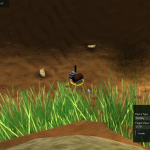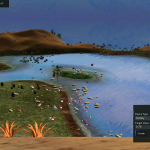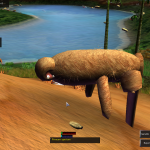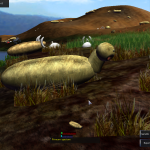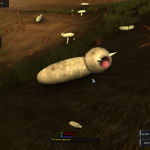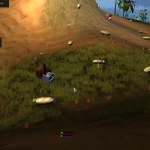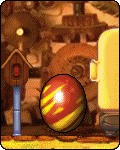 Sick of Species? Well, I’m not, but I figure you might be sick of reading about it. So let’s go back to Albia, shall we?
Sick of Species? Well, I’m not, but I figure you might be sick of reading about it. So let’s go back to Albia, shall we?
When I arrived, this little egg was ready and waiting to hatch. I had to scoop it up before it had the opportunity, though! I still had to make my rounds and feed the other norns, especially Lydia who’d just given birth to this egg.
I popped it into the incubator and soon I had a new little friend.
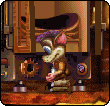 Another boy! His name is Bobby. At first, I was worried he was stuck like Gavin was but my fears were unfounded. He only took some coaxing with a ball to get moving but once he was up, he wouldn’t hold still!
Another boy! His name is Bobby. At first, I was worried he was stuck like Gavin was but my fears were unfounded. He only took some coaxing with a ball to get moving but once he was up, he wouldn’t hold still!
I did manage to teach him all of the computer words and a few nouns before he was up and at ’em. Once he was fed, I took some time to look at his genes.
Reactions
Normally, NFP + NFP- would give 1 reward from birth. In Bobby, he doesn’t get the reward until he’s reached the Adolescent stage.
He also has a new “blank” reaction which is None+None = None+None.
With that settled, it was time to make my rounds.
 He spent most of his time looking around at things inside of the house’s computer room and kitchen but Opal managed to get him down with a lift. She sipped coffee and play with the ball with us.
He spent most of his time looking around at things inside of the house’s computer room and kitchen but Opal managed to get him down with a lift. She sipped coffee and play with the ball with us.
I had to start thinking about a mate for him, though. With two fertile females and three males, the ratio was just a little off. I could hold off on adding a new female since Opal was still very young but it’s important to plan for the future.


